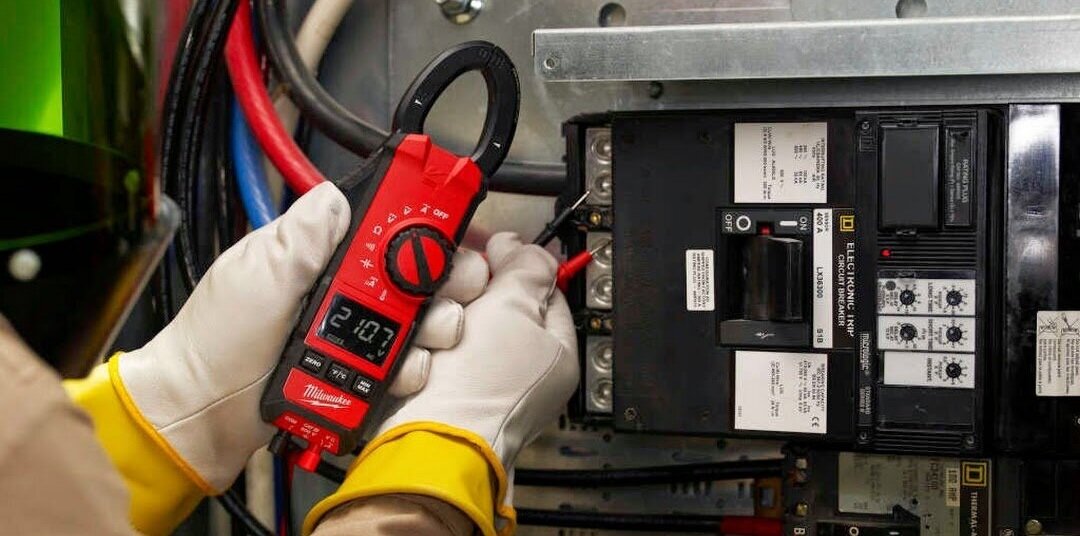Optimize processes with dedicated mechanical system optimisation support.
Optimize processes with dedicated mechanical system optimisation support.
Blog Article
Leading Tips for Effective Electric System Troubleshooting
Fixing electrical systems requires a methodical strategy, grounded in a thorough understanding of electrical principles and security methods. The subtleties of effective troubleshooting expand past simple technical knowledge; understanding how to record searchings for and prioritize safety can significantly affect outcomes.
Understand the Basics
Comprehending the essentials of electrical systems is vital for reliable troubleshooting, as a solid structure allows professionals to diagnose and settle problems extra effectively. A detailed understanding of electrical principles, such as voltage, current, resistance, and power, is important in determining the origin of problems. Voltage is the electric possible difference that drives existing via a circuit, while resistance opposes the flow of existing, affecting the general performance of the system.
Knowledge with circuit parts, consisting of resistors, capacitors, diodes, and switches over, is additionally vital. Each element plays an unique role in circuit behavior and can affect performance when malfunctioning. Additionally, recognizing series and identical circuit configurations is important, as these setups influence the circulation of voltage and current within the system.
Specialists have to be mindful of prospective risks, such as shock and brief circuits, to implement secure troubleshooting techniques. By understanding these foundational ideas, technicians improve their ability to perform efficient diagnostics and repair work, inevitably leading to improved efficiency and reliability of electrical systems (electrical system troubleshooting).
Gather Necessary Devices
Reliable troubleshooting of electric systems needs the ideal set of devices to identify and resolve problems precisely. Essential devices include a multimeter, which measures voltage, present, and resistance, enabling for precise analyses of electrical components.
In addition, shielded hand tools such as screwdrivers, pliers, and cord strippers are crucial for safely adjusting electrical connections. It is likewise a good idea to have a circuit tester handy to confirm the visibility of voltage in electrical outlets and wires. For even more complicated systems, a thermal imaging cam can assist detect overheating components, indicating possible failings.

Follow an Organized Technique
Having actually gathered the ideal devices, the next action in fixing electric systems is to comply with a systematic approach. A systematic approach makes certain that specialists can identify faults efficiently and accurately, decreasing downtime and preventing unneeded repair services.
Begin by reviewing the system's schematic diagrams and requirements. Comprehending the layout and operational specifications will certainly supply context for identifying concerns. Next off, isolate the trouble area by utilizing a process of elimination. This involves monitoring each part methodically, beginning from the power resource and working in the direction of the tons.
Make use of screening devices, such as multimeters and oscilloscopes, to collect unbiased information concerning voltage, current, and resistance at different points within the system. This empirical proof will guide your troubleshooting initiatives and help to verify or remove prospective reasons for failure.
In addition, think about ecological elements that might influence the system's efficiency, such as temperature fluctuations or dampness access. An extensive evaluation of wiring, connections, and elements will certainly guarantee that all possibilities are made up.
Document Your Findings
Comprehensive paperwork is vital in the troubleshooting process of electric systems. This practice not only help in understanding the root reason of the trouble however likewise serves as a referral for future fixing initiatives.

Furthermore, preserving a log of parts replaced or repairs done is very useful. This information sustains supply monitoring and can help examine the long life and dependability of details parts.
Eventually, the paperwork process must be detailed yet concise, enabling simple access and review Visit Your URL - electrical system troubleshooting. By prioritizing detailed documents, technicians can create an important understanding base that not just aids in existing troubleshooting yet likewise equips future upkeep efforts, consequently improving overall system dependability

Prioritize Precaution
Identifying the integral threats connected with electric systems is important for ensuring safety and security during troubleshooting. Electrical shock, burns, and devices damages are simply a few of the possible risks that technicians deal with. Prioritizing safety and security steps is not only a legal commitment however likewise an ethical critical that safeguards both the professional and the surrounding atmosphere.
Before starting any troubleshooting job, service technicians must put on appropriate personal protective tools (PPE), consisting of insulated gloves, shatterproof glass, and flame-resistant clothing. Ensuring that the job area is dry and complimentary of mess can considerably lower the threat of accidents. It is important to de-energize circuits prior to starting any type of job, validating that they are not live via the usage of a multimeter or voltage tester.
Establishing clear communication procedures with staff member is likewise crucial; this makes sure that everybody understands potential threats and the condition of the electric system being worked with. Having an emergency response strategy in area can prove very useful in the occasion of an occurrence. By prioritizing precaution, professionals can successfully alleviate dangers and foster Read More Here a more secure workplace.
Conclusion
Effective electrical system troubleshooting depends on a detailed understanding of fundamental concepts and a methodical approach. Focusing on safety and security measures ensures the well-being of people entailed and the stability of the go electrical system.
Report this page